This article was co-authored by Zora Degrandpre, ND. Dr. Zora Degrandpre is a Natural Health Doctor and Licensed Naturopathic Physician in Vancouver, Washington. She is a grant reviewer for the National Institutes of Health and the National Center for Complementary and Alternative Medicine. She received her ND from the National College of Natural Medicine in 2007.
There are 26 references cited in this article, which can be found at the bottom of the page.
This article has been viewed 37,189 times.
A poultice, also known as a cataplasm, is a general term for a herbal folk remedy that is applied directly to your skin to treat minor medial issues.[1] It is important to recognize that poultices have varying degrees of effectiveness and you should not use a poultice to treat a painful wound, infection, or any other serious medical condition. Before using a poultice for minor skin problems, talk to your doctor first to make sure that it’s safe to use. Contact emergency services immediately if you experience any additional symptoms that could point to a serious allergic reaction or infection.
Steps
Mixing Your Poultice
-
1Select the herbal ingredients you want to use for your poultice. Most poultices are a combination of a herb and a liquid that are mixed to form a thick paste. You can combine multiple herbs if you’d like, but you may end up diluting any positive effects if you do this.[2] While there are a variety of herbs you can choose, stay away from using anything you can’t eat just to be safe. Under no condition should you use a herb or plant that is toxic to humans, like sumac, hogweed, or foxglove.[3]
- Indian strawberry has been used for centuries as an antiseptic and anticoagulant.[5]
- Thyme, eucalyptus, and dandelion are used as cold remedies and may refresh your skin if used in a poultice.[6] Flaxseed is supposedly good for colds, but there is little evidence that it works.[7]
- Other popular options include garlic, mint, yarrow, sage, flannel-bush, gooseberry and pine.[8]
Warning: Most herbal remedies are unverified and based mostly on historical anecdotes and folk stories. That doesn't mean that they don't work, only that they have not yet been medically confirmed and should never be used as the sole treatment option for a condition or wound.[4]
-
2Select a liquid to combine with your herbs and make a paste. If you merely put the herbs on your skin, they’ll simply sit on the surface and won’t do anything. You have a few options when it comes to the liquid you use, including honey, neem oil, milk, and water. You can also use coconut oil or olive oil if you’d like.[9] Never mix your herbal ingredients with an acidic liquid or medicated cream, since it may spark a negative reaction on your skin.
- Honey is one of the few natural ingredients with scientifically proven benefits. It’s great for scrapes, minor wounds, and inflammation. If you do use honey, opt for manuka honey if you can.[10]
- Use neem oil if you’re treating a sensitive skin condition or bug bite.[11]
- Use water or milk if you only want the herbal properties. These ingredients are safe bets and won’t interact with any of your herbal ingredients. Some people use milk and bread alone to prevent infections, but there’s mixed evidence on whether this works or not.[12]
Advertisement -
3Wash your herbal ingredients and pat them dry. Run the plant that you’re using under cold water to rinse off any pests or bacteria off. Do this for 45-60 seconds to really give it a thorough wash. Use a paper towel or clean cloth to gently blot the plant dry.
- How much plant matter you use depends entirely on the size of the area that you’re covering. Generally speaking, you don’t need more than a small handful of herbs to make a decent poultice.
- If you’re using a plat you cultivated yourself, remove the stems and branches. Only use the leaves or petals (depending on what you’re using).
-
4Mix your herbs with 1–2 teaspoons (4.9–9.9 mL) of your liquid. You can mix the ingredients in a bowl or use a mortar and pestle. Add the herbs to the container and pour 1–2 teaspoons (4.9–9.9 mL) of your liquid on top of the plants. If you’re using a bowl, use a spoon or whisk to mix the ingredients together. If you’re using a mortar and pestle, use the pestle to crush the herbs and mix them in with the liquid.[13]
-
5Continue mixing and make minor adjustments until you have a thick paste. Keep mixing the ingredients for 1-2 minutes until the herbs and liquid are thoroughly mixed together and the color of the paste is uniform. The consistency should be similar to thick syrup; add more herbs or liquid to change the texture and continue mixing as needed until you have a thick paste.[14]
- You can add flour to your mixture if you can’t get the ingredients to form a thick paste.
- It’s more of an art than science when it comes to mixing a poultice. The goal is to get the right consistency, so don’t worry about adding more herbs to make it thicker or more liquid to make it thinner.
Applying It to Your Skin
-
1Wash your hands to remove germs and prevent infections. Before you apply the poultice, wash your hands thoroughly with soap and warm water. Wash them for at least 2 minutes to remove any bacteria or germs that you may have picked up while mixing the poultice.[15]
-
2Spread the paste out on your skin with your finger or a spoon. For smaller poultices, scoop up a small chunk of the material in your finger and rub it directly on the skin. For bigger poultices, use a spoon to pull up a larger amount and pour it over the area you’re treating. Spread the poultice out over the affected area using your finger or the back of the spoon until you have a thin layer coating your skin.[16]
- You can use a mixing stick to spread the poultice out if you prefer.
Warning: Remove the poultice immediately if it burns, stings, or feels uncomfortable. If it hurts when you apply the poultice, reach out to a doctor immediately. It’s a sign that you may have an infection or festering wound. You could also be having an allergic reaction.[17]
-
3Cover the paste with an adhesive bandage or gauze. Any regular medical bandage will work for this. For smaller areas, place an adhesive bandage directly over the paste and gently press it into your skin. Alternatively, you can wrap the skin in gauze or medical cloth and attach it to your skin using medical tape.[18]
-
4Check under the bandage for signs of an infection every day. Every 4-6 hours, peel up the bandage and inspect the area. If you have any signs of an infection or the wound is getting worse, wash the area and contact a doctor.[19] [20]
- Signs of a forming infection include odd smells, skin discoloration, sore throat, and excess bleeding or draining.
- Seek emergency medical care if you have a stiff neck, fever, chills, or painful urination.
- Replace your poultice by making a new mixture every 24 hours.
When to Seek Medical Care
-
1Check with your doctor before using an herbal poultice. While poultices are generally safe to use so long as the ingredients are safe, they might not be right for everyone. You may be allergic to certain herbs, or you might need additional treatment for some conditions. Talk to your doctor to make sure that herbal remedies are right for you.[21]
- Tell your doctor why you want to use herbal poultices, as well as what you plan to treat.
-
2See a doctor if your condition doesn’t improve with herbal treatment. You should start to feel better after you use your poultice. If you don’t, you may need additional treatment. Your doctor can figure out what’s causing your symptoms so you get the right treatment for you.[22]
- Tell your doctor that you’ve used herbal poultices to treat your condition.
-
3Seek immediate care if you have a painful injury. You might be able to treat minor injuries like small cuts and strains at home. However, you need to see a doctor if you may have a serious injury, like a large cut or broken bone. Your doctor can make sure you’re getting the right type of care so you can recover. Additionally, visit the doctor if you have the following symptoms after an injury:[23]
- Trouble breathing
- Dizziness
- Muscle weakness
- Stiff neck
- Fever
-
4Visit your doctor for a serious respiratory infection. Since respiratory infections are often caused by viruses, you can typically treat them at home. However, these infections can become severe and may even be life-threatening. Fortunately, your doctor can offer you additional treatment options so you can recover.<[24]
Visit your doctor immediately if you have one of the following symptoms:
Trouble breathing
Trouble swallowing
Fever over 101 °F (38 °C)
Symptoms lasting longer than 2 weeks
Blue lips
Worsening cough, congestion, sore throat, or runny nose
Recurring infections
-
5Get emergency care for an allergic reaction or infection from an insect or spider bite. You can usually treat your insect or spider bites at home. However, they can cause allergic reactions, and it’s possible for a bite to turn into an infection. This typically requires additional treatment.[25]
Get emergency care if you develop the following symptoms:
Trouble breathing
Feeling like your throat is closing
Swollen lips, tongue, or face
Chest pain
Dizziness
Racing heartbeat
Vomiting
Headache
Fever
Rash
Dead skin
-
6See a doctor for an itchy, painful, bleeding, or persistent wart. Most warts can safely be treated at home, but they can sometimes become serious. Also, it’s possible to mistake other skin conditions for warts, and a doctor can make sure you get the correct treatment. If your wart is bleeding or feels itchy or painful, it may need a different type of treatment.[26]
- Additionally, you need to see a doctor if you have a wart on your face or genitals. Don’t try to treat these warts on your own.
-
7Check with your doctor before treating a skin condition. Some skin conditions share symptoms, so it may be hard to figure out what you have. Additionally, sometimes a skin condition is a symptom of an underlying condition. It’s important to get a diagnosis from your doctor or dermatologist to make sure you’re using the right kind of treatments. Talk to your doctor to find out what’s causing your skin condition, and let them know you want to use herbal poultices.[27]
- Your doctor may be able to advise you on which herbs are safe for use on your skin condition.
Warnings
- There is very loose evidence that poultices help heal skin wounds, scrapes, and medical conditions. Outside of honey, very few herbal remedies have been scientifically proven to help skin heal.[28]⧼thumbs_response⧽
- If you have any allergies, be cautious when applying herbs to your body. Do not apply an herb or other substance to your body if you have a known allergy to it.⧼thumbs_response⧽
- Never give honey to a child under 1 year of age. It may cause botulism in really young children.[29]⧼thumbs_response⧽
References
- ↑ https://www.sciencedirect.com/topics/nursing-and-health-professions/poultice
- ↑ https://arboretum.ucsc.edu/pdfs/ethnobotany-webversion.pdf
- ↑ https://med.virginia.edu/brpc/wp-content/uploads/sites/274/2021/01/SOCRATES-PROJECT-Jan2021.pdf
- ↑ https://www.health.harvard.edu/blog/preventing-and-treating-colds-the-evidence-and-the-anecdotes-2017011210972
- ↑ https://www.bellarmine.edu/faculty/drobinson/IndianStrawberry.asp
- ↑ https://blogs.rochester.edu/thegreendandelion/2013/02/natural-remedies-cold-and-flu/
- ↑ https://ascopost.com/issues/september-25-2019/flaxseed/
- ↑ https://arboretum.ucsc.edu/pdfs/ethnobotany-webversion.pdf
- ↑ https://digitalcommons.unl.edu/cgi/viewcontent.cgi?article=1003&context=englishunsllc
- ↑ https://www.ncbi.nlm.nih.gov/pmc/articles/PMC6613335/
- ↑ https://malariajournal.biomedcentral.com/articles/10.1186/1475-2875-10-S1-S11
- ↑ https://digitalcommons.unl.edu/cgi/viewcontent.cgi?article=1003&context=englishunsllc
- ↑ https://youtu.be/PbI9xwzQL-8?t=58
- ↑ https://www.youtube.com/watch?v=IpD_kHHRB8E
- ↑ https://www.health.harvard.edu/newsletter_article/wash-your-hands
- ↑ https://www.youtube.com/watch?v=G5zzKUv8sQQ
- ↑ https://www.css.ch/en/private-customers/my-health/health-glossary/home-remedies/warm-potato-poultice.html
- ↑ https://www.youtube.com/watch?v=SCmlvkRGyMo
- ↑ https://www.largeanimalhospital.com/articles/applying-sweat-bandages/
- ↑ https://www.seattlechildrens.org/conditions/a-z/wound-infection/
- ↑ https://www.hopkinsmedicine.org/health/wellness-and-prevention/herbal-medicine
- ↑ https://www.hopkinsmedicine.org/health/wellness-and-prevention/herbal-medicine
- ↑ https://www.houstonmethodist.org/blog/articles/2020/aug/is-your-pain-just-muscle-soreness-or-a-serious-injury/
- ↑ https://my.clevelandclinic.org/health/articles/4022-upper-respiratory-infection
- ↑ https://www.aad.org/media/news-releases/bug-bites-and-stings-when-to-see-a-doctor
- ↑ https://www.aad.org/media/news-releases/dermatologists-share-tips-to-treat-common-warts
- ↑ https://health.clevelandclinic.org/got-skin-problems-can-tell-specialist-best/
- ↑ https://www.ncbi.nlm.nih.gov/pmc/articles/PMC1127780/
- ↑ https://kidshealth.org/en/parents/botulism.html

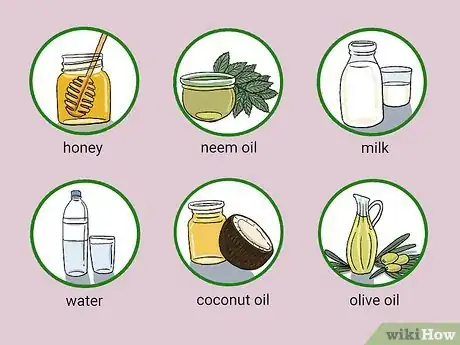
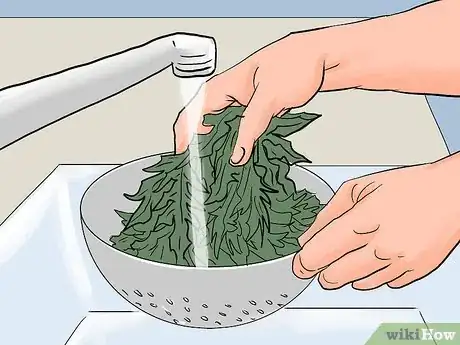

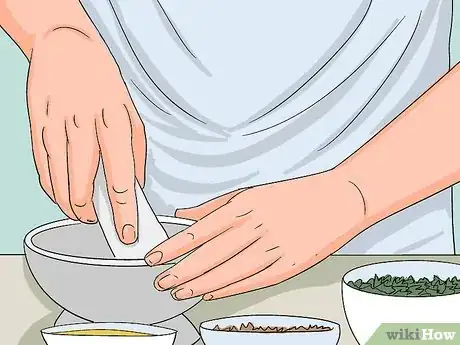
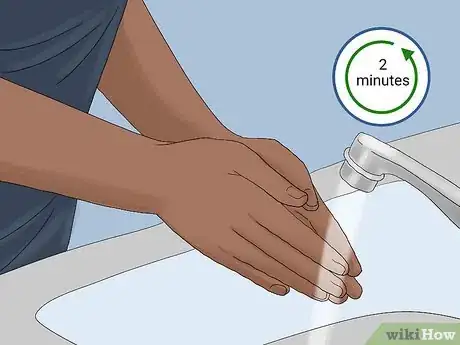
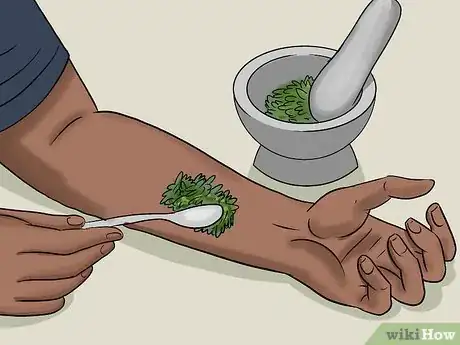
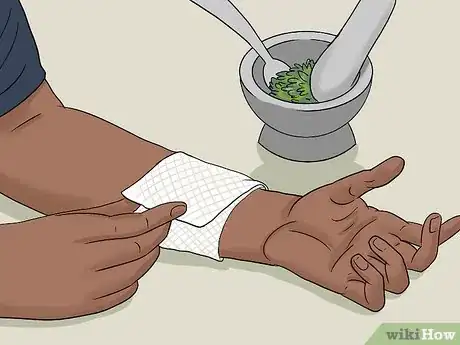
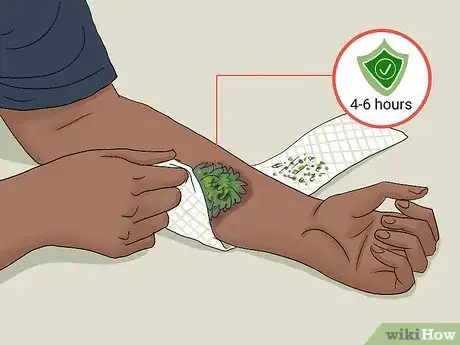

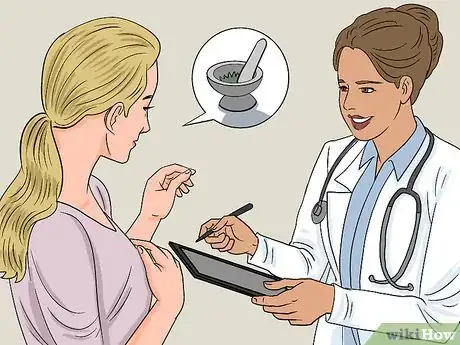
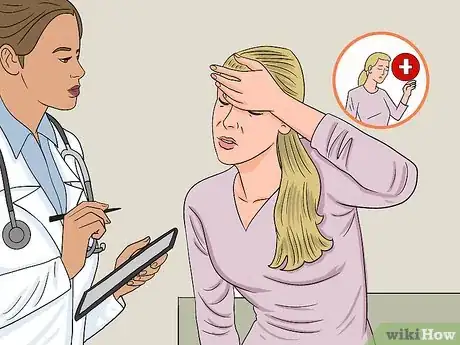
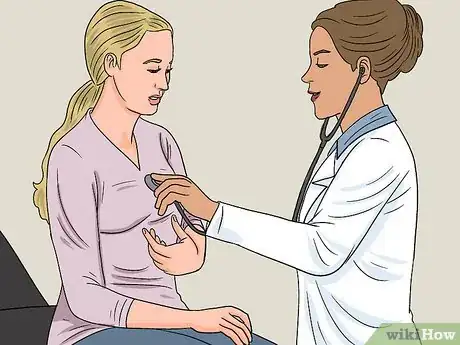
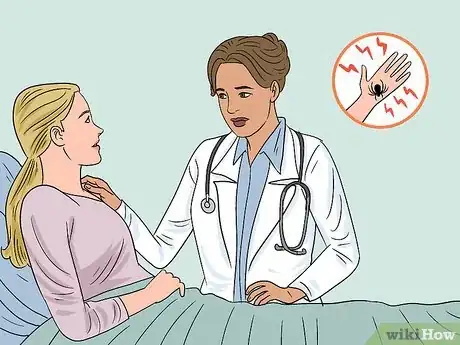
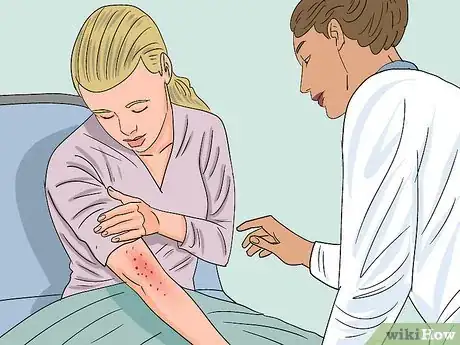

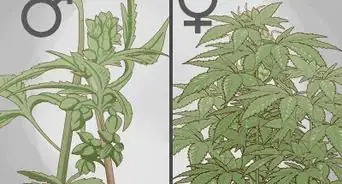





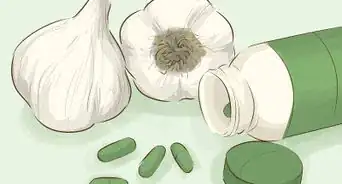
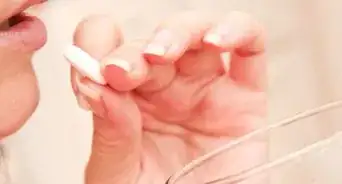



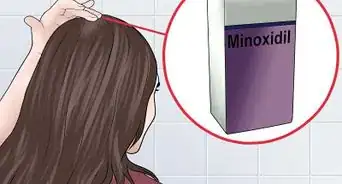















































Medical Disclaimer
The content of this article is not intended to be a substitute for professional medical advice, examination, diagnosis, or treatment. You should always contact your doctor or other qualified healthcare professional before starting, changing, or stopping any kind of health treatment.
Read More...